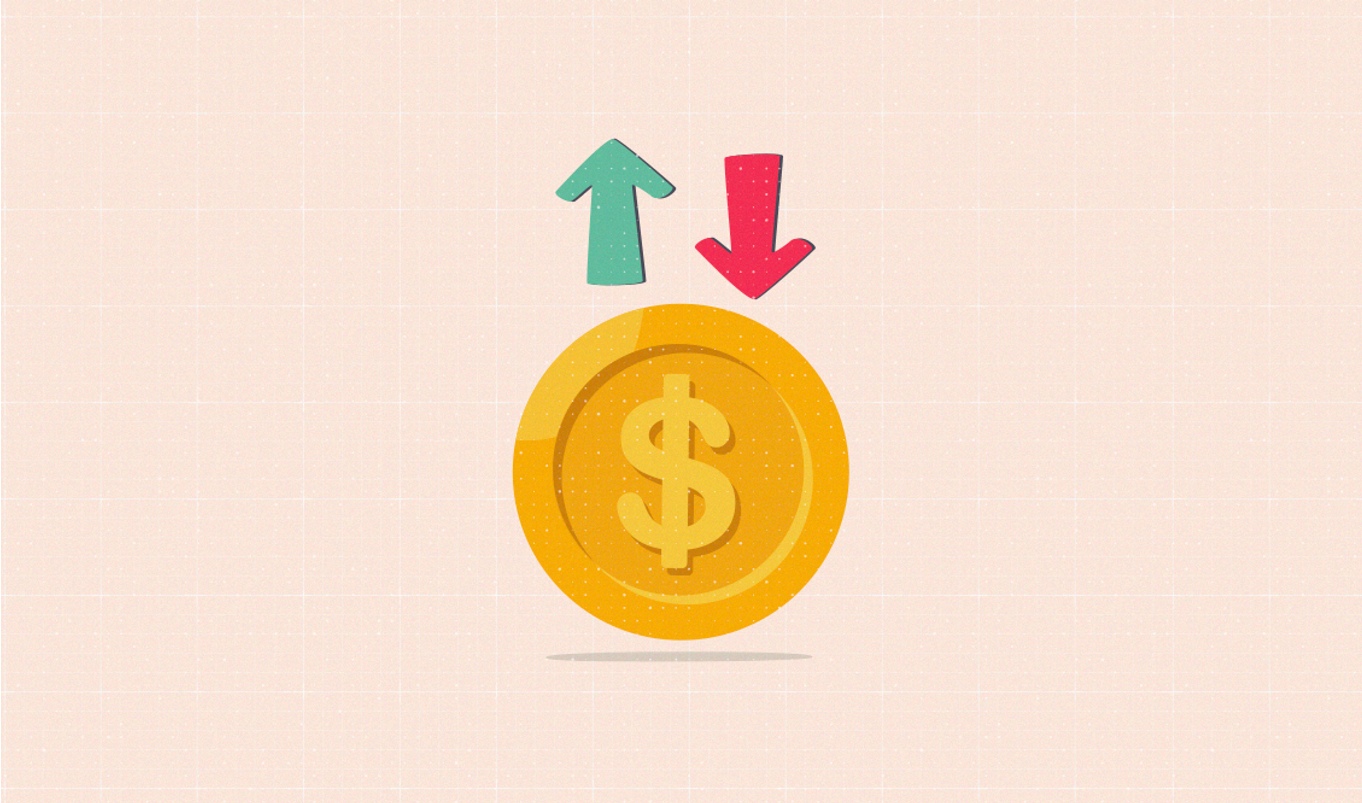Definition: Inflation is a general increase in prices that causes a decline in a currency’s purchasing power.
Have you ever heard your grandparents say – “back in my day, my monthly rent was around the price of a Mcdonald’s meal today!” Wouldn’t our lives be so much easier if we lived at that time? Actually, because of inflation, we’d be pretty much the same.
Inflation causes a decrease in purchasing power when prices rise more quickly than wages increase. It forces people to spend more money to buy necessities, which can put the average consumer under financial stress.
What is purchasing power?
Let’s imagine that each currency has a certain level of strength, much like a person – we could get stronger and build muscle, as well as lose it. This currency is strong enough to carry a certain amount of goods. The strength of the currency represents purchasing power.
Today you want to order a pizza – you need 3 of this unit of currency in order to buy it. A year from now, you ordered the exact same pizza. However your currency has gotten weaker, so 3 units of currency are not strong enough to buy that same pizza – you now need 5 units of currency to buy it.

What causes inflation?
There are 2 main forces that are thought to cause inflation: demand-pull inflation and cost-push inflation.
Demand Pull Inflation
With demand-pull inflation, the demand for goods and services in the economy is increasing at a much faster rate than the economy is able to produce. In other words, there is too much money chasing too few goods. This could happen when there is a period of economic growth.
Example: This year people’s salaries have increased, and they have more money to spend on themselves, which causes demand for goods to increase. Let’s take shoes as an example – if people have more money to spend on shoes, but stores don’t have enough capacity and resources to produce more shoes, this will create a short term supply shortage. In order to solve this problem, the stores will respond by raising the price of their shoes.
Cost-Push Inflation
The cost-push effect occurs when the cost to produce a product increases. This might include an increase in labor costs or the costs of the raw material to produce a product. When the costs at one end of the supply chain increase, those costs typically trickle down to consumers. This creates cost-push inflation.
When is inflation a good thing?
Although there are some obvious downsides to inflation, it can also have its benefits. When the value of your currency decreases, so does the value of your debt. This means that you get to repay your debts with money that’s worth less than it was when you first borrowed it. If that period of inflation corresponds with an increase in salaries, the debt repayment would be taking up a smaller portion of your income – sort of like if you got a discount on it.
However, periods of inflation that don’t cause an increase in salaries tend to benefit the lenders rather than the borrowers. In that case, consumers are more likely to borrow money to afford things they need.
Individuals with tangible assets (like real estate) might also benefit from inflation – as the price of their assets go up, they can now re-sell it at a higher price.
When is inflation a bad thing?
The downsides of inflation are more obvious – especially when salaries are not increasing at the same rate as general prices. It forces people to spend more money to buy necessities, which can put the average consumer under financial stress. Inflation can also be very harmful when it comes to savings accounts. The money you’ve been saving won’t be worth as much as it did when you first earned it.
If there’s one thing we know about inflation, it’s that it is inevitable. One of the best ways to protect yourself from inflation – and in some cases benefit from it, is through investing. Investments that generate gains exceeding the rate of inflation will ensure that your money today continues to be worth more than that same amount of money in the future.










